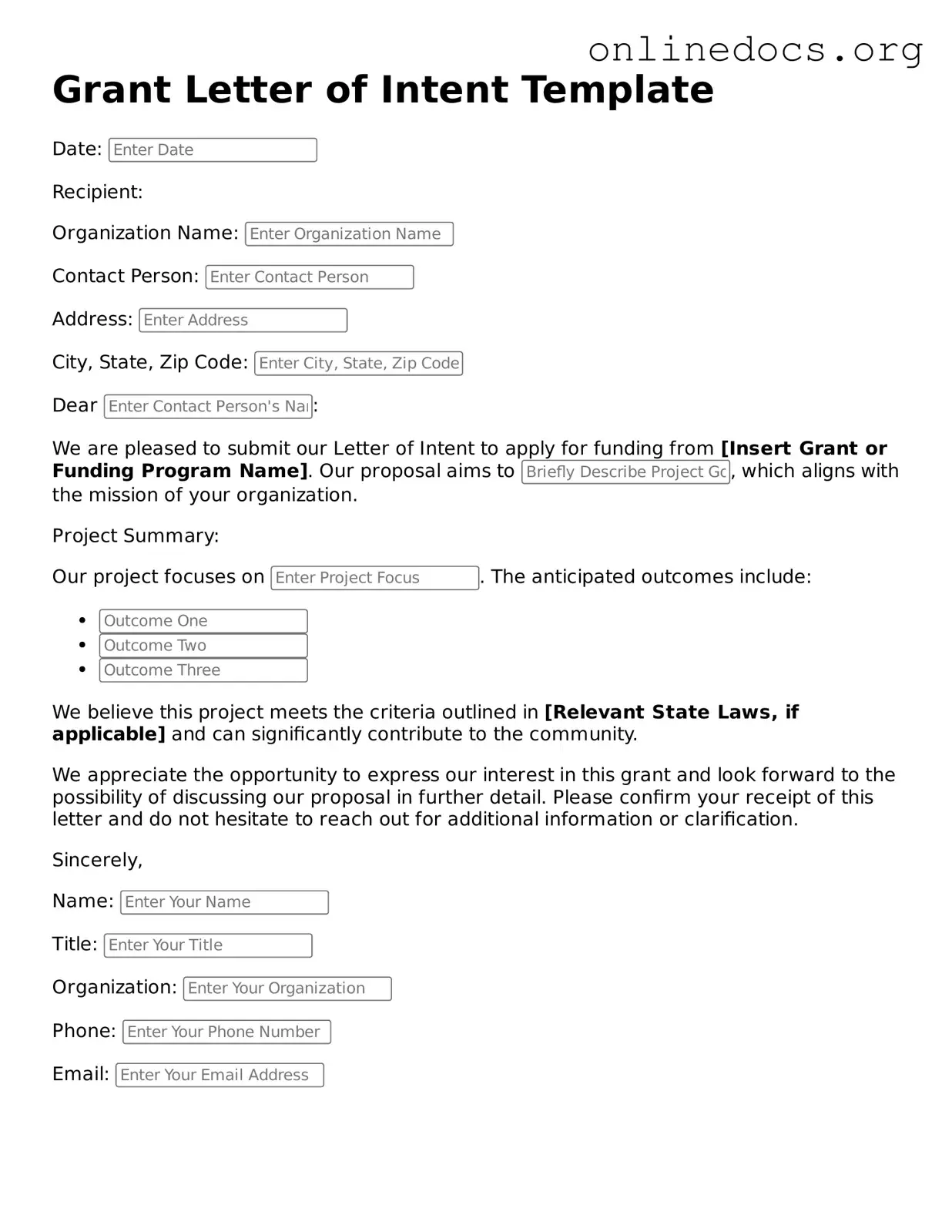The Grant Proposal is a detailed document that outlines the specific goals, objectives, and methods of a proposed project. Similar to the Grant Letter of Intent, it serves as a means of communicating the intent to seek funding. However, while the Letter of Intent is often a preliminary step, the Grant Proposal provides comprehensive information, including a budget and timeline, making it essential for funders to assess the feasibility and impact of the project.
The Funding Application is another document that shares similarities with the Grant Letter of Intent. It is typically more formal and detailed, requiring applicants to provide extensive information about their organization, the project, and its potential outcomes. Like the Letter of Intent, the Funding Application is a critical step in the funding process, but it is more focused on securing the actual funds rather than simply expressing interest.
The Concept Paper is a concise document that outlines the main ideas of a proposed project. It is similar to the Grant Letter of Intent in that it serves as an initial communication to funders. Both documents aim to spark interest and encourage further discussion. However, the Concept Paper is usually less formal and may not follow a specific format, allowing for more creativity in presenting the project idea.
The Project Summary provides a brief overview of a proposed project, highlighting its key components. Like the Grant Letter of Intent, it is often used to gauge interest from potential funders. Both documents aim to capture attention quickly, but the Project Summary is typically more focused on the project’s outcomes and benefits, while the Letter of Intent emphasizes the applicant's intent to pursue funding.
The Statement of Need outlines the specific problem or issue that a proposed project aims to address. It shares similarities with the Grant Letter of Intent in that both documents articulate the significance of the project. However, the Statement of Need is more focused on justifying the project by providing evidence and context, whereas the Letter of Intent primarily expresses the intent to seek funding.
The Budget Justification is a document that explains the financial aspects of a proposed project. While it differs from the Grant Letter of Intent in terms of content, both documents are essential in the funding process. The Budget Justification provides detailed explanations for each budget item, while the Letter of Intent indicates the applicant's commitment to securing funding for the project.
In the landscape of investment and funding documentation, an Investment Letter of Intent plays a pivotal role akin to several other preliminary documents. Like a Grant Letter of Intent, it signals interest in a potential investment, while also outlining the basic terms that will guide further negotiations. By serving as an initial touchpoint, the Investment Letter establishes a framework for discussions and due diligence, and is crucial for both parties to ensure alignment on objectives. For more information on drafting this significant document, you can visit https://usalawdocs.com.
The Memorandum of Understanding (MOU) outlines the terms of collaboration between parties involved in a project. Similar to the Grant Letter of Intent, it establishes intent and commitment. However, the MOU is more formal and legally binding, detailing the roles and responsibilities of each party, while the Letter of Intent is generally a preliminary expression of interest without binding obligations.
The Research Plan is a detailed outline of the methodologies and approaches that will be used in a project. While the Grant Letter of Intent is more about expressing interest in funding, the Research Plan provides the technical details that funders need to evaluate the project’s viability. Both documents are crucial in the funding process, but they serve different purposes in communicating the project’s intent and execution.
The Letter of Inquiry is a preliminary communication sent to funders to gauge their interest in a proposed project. It is similar to the Grant Letter of Intent in that both documents serve as initial steps in the funding process. However, the Letter of Inquiry is often more concise and less formal, focusing on the essential elements of the project and the funding request, while the Letter of Intent may include additional context and intent to apply for funding.
